Cervelo P5X Aerodynamics
How aero is Cervelo’s new tri bike? That’s not a straightforward question.
First let’s just look at Cervelo’s own charts. They say they’ve spent 180 hours in the wind tunnel and counting. This, in addition to the CFD work prior to 3D prints in the tunnel, and eventual tunnel testing of the real enchilada.
Yes, they’ve looked at this bike against their own P5 and against the bikes from other companies.
Below are the testing results against Cervelo’s own P5.
It’s important to note this for everything claimed about this bike: Cervelo is not testing bare bikes. They’re testing fully loaded bikes, that is, bikes that carry a typical Ironman payload: X ounces of water, Y amount of food and so forth.
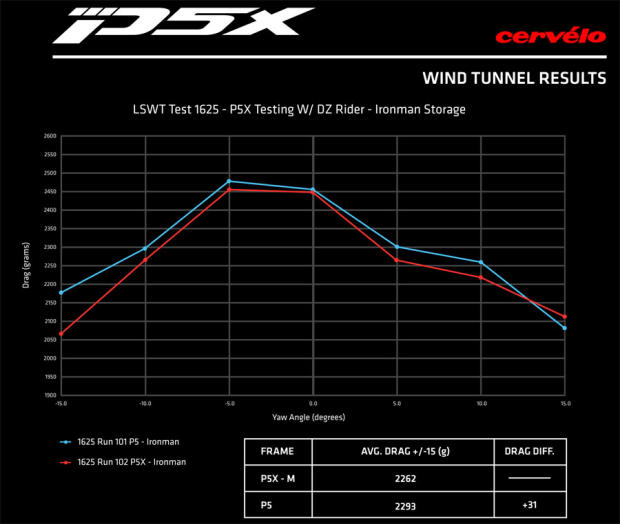
They asked the other companies what the best configs were for bikes with a certain pad x/y. And how these companies wanted the payload carried. (I’m trying to imagine how those conversations went.) They say they wanted to give the competitors' bikes every chance. They did not identify which bike was which (I found that gentlemanly.)
How does the P5X test against bikes in a sprint distance? Don’t know what happens when you take all of that stuff off.
Here’s one thing in the bike’s favor: they seem to have tested without an aero front bottle, that is, simply with a standard front bottle. I got into a friendly argument with Caroline Steffen at this launch. She races just grabbing these bottles at aid stations and sticking them in her cages. “What about an aero front bottle?” I asked. “Grab the bottle from the aid station, squirt, squirt, squirt, into the aero bottle, toss the round bottle?
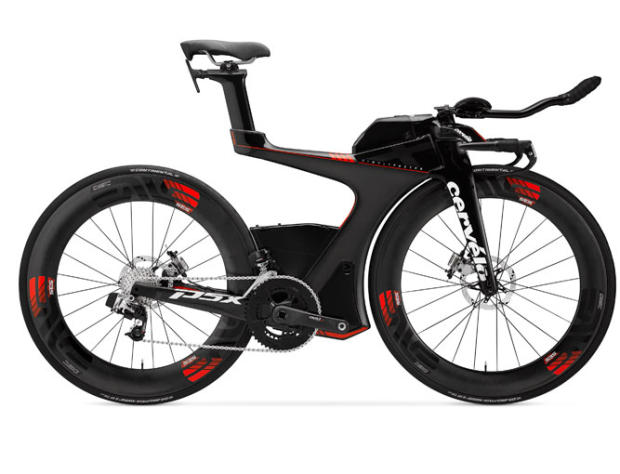
She wasn’t having any of it, and neither was Cervelo. But I stand by my view. I and certain of those racing under the Quintana Roo banner have for 25 years have not gone wrong with squirt, squirt, squirt into an aero bottle.
One concern I had, both with the Diamondback Andean and with this bike. There’s a “hinge” about which the front of the bike pivots, so the trailing edge of the rear wheel is not exactly lined up to the front edge of the down tube, as it would be in the wind tunnel.
Bearing in mind that Cervelo co-founder Gerard Vroomen has some experience with this, as his first bike was the Baracchi, eerily like Cervelo’s current P5X. What does Gerard think of this motif?
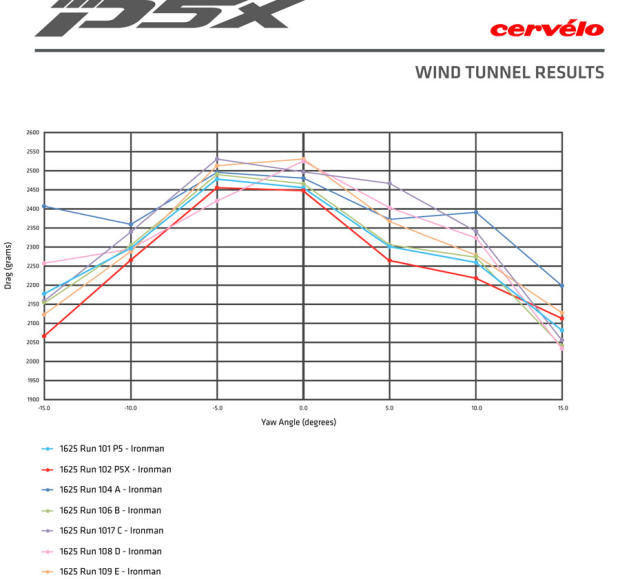
That hinge can be a problem, he says, but it doesn't have to. “The Steering angles tend to be very small when trying to ride in a straight line. The airflow can zigzag a bit. The width of the downtube can take this into account. So it can work, whether it does in each individual case is a different story I guess.”
The problem and its solution recalls a comment by TriRig’s Nick Salazar when describing his new Omni, to “move the clean air from the head tube to the rear wheel with as few trailing edges as possible.” Which of these new moonshots – the Omni, the Andean or the P5X, or some other bike – achieves this better than the others?
Based on what I’m seeing we’re looking at about 30 grams of drag savings versus a P5. That’s, what, 4 to 7 watts, depending on rider speed and apparent wind? And that’s, what, 20 to 45 seconds over a 40k, depending on rider speed? Do I have that math right? And this would be versus a P5, which is a pretty fast bike. Again, this assumes we’re talking about enough grub and water on all these test bikes to outfit Lewis & Clark.
I also am wondering which side in these charts is the drive side? Since the disc caliper and rotor side should be all kinds of dirty, where’s the dirt? Further, usually the drive side is the clean side (counterintuitively). Looking at the P5 v P5X testing, if the P5's drive side is the clean side then it looks like the P5X's "dirty" side (the disc brake side) is well cleaner than the P5 in a 15 degree yaw. Can that be right?



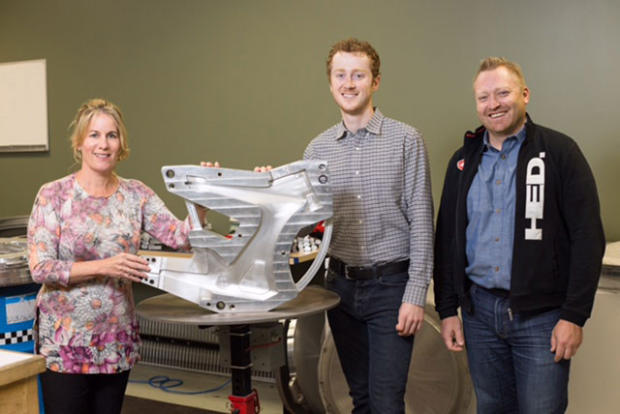
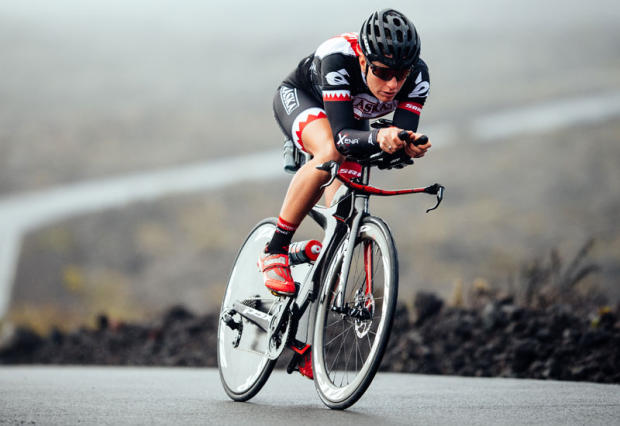
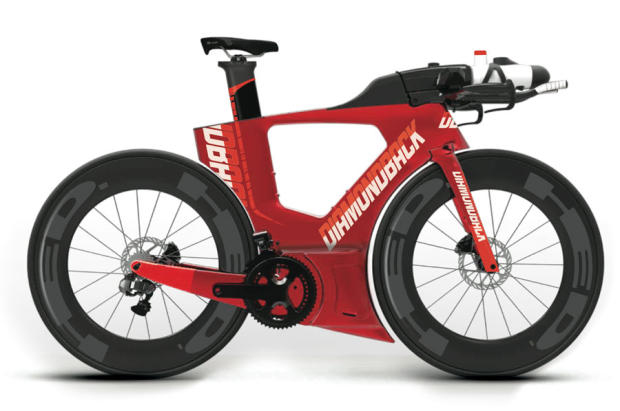

Start the discussion at forum.slowtwitch.com